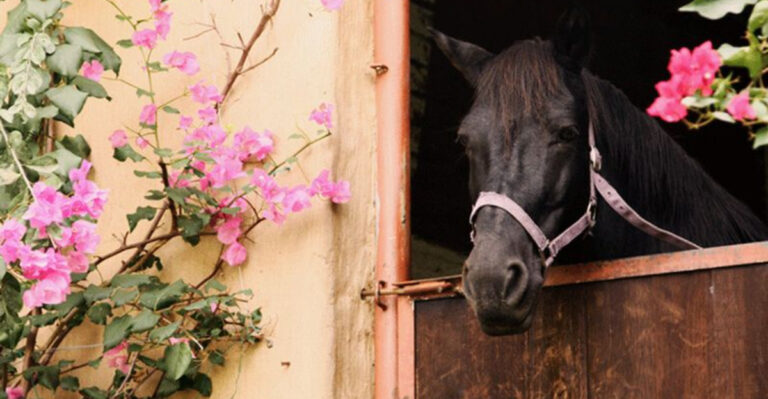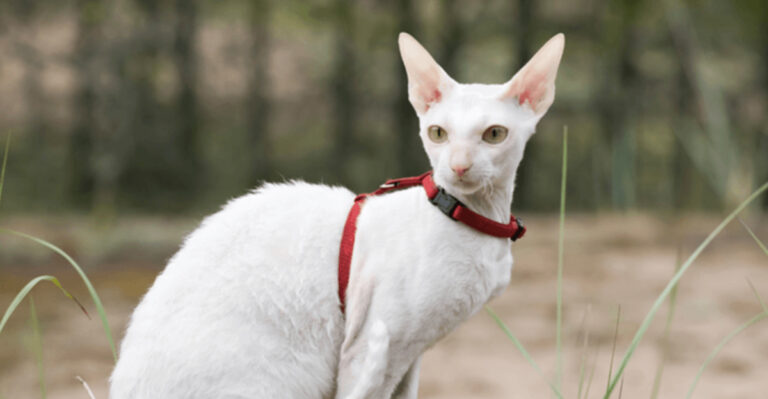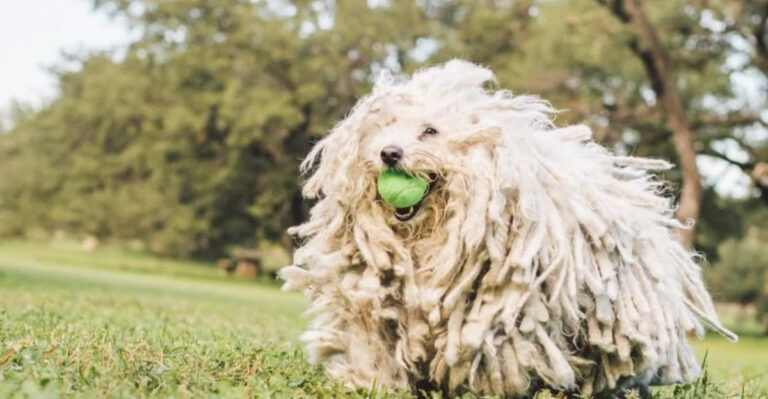17 Ways You Might Be Encouraging Bad Behavior In Your Dog
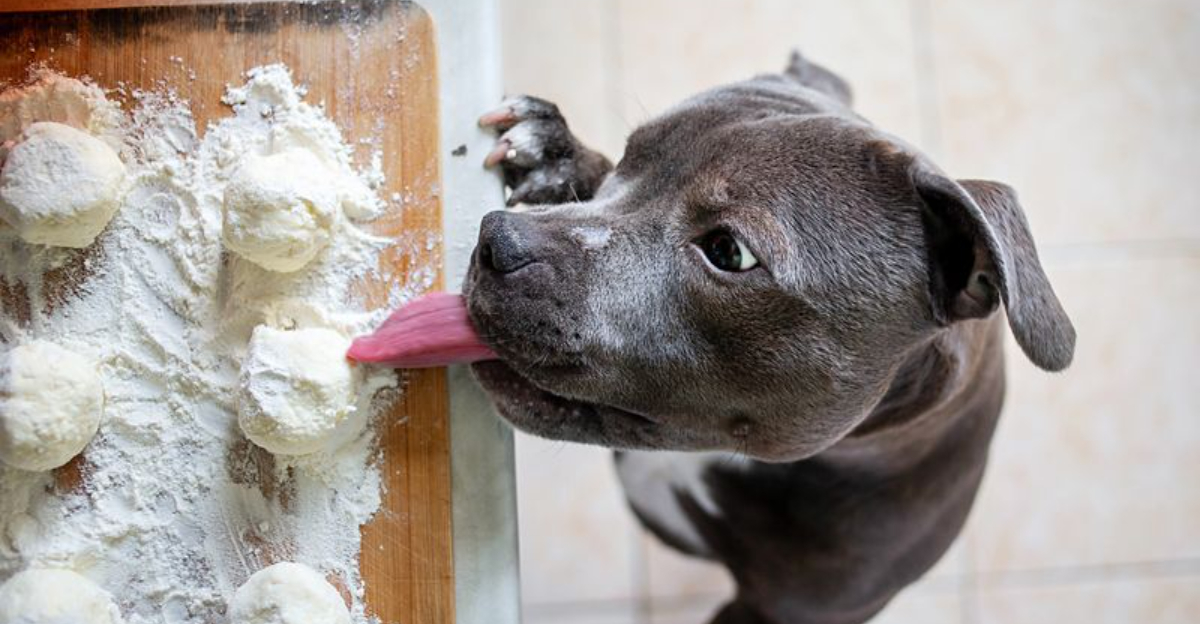
Imagine accidentally teaching your furry friend to dig up your garden or steal food from the table. Yes, your well-meaning actions might be secretly encouraging your dog’s mischievous antics! Let’s explore surprising ways you could be contributing to their antics and learn how to turn the tide.
1. Feeding From The Table

Those soulful eyes might melt your heart, but feeding leftovers can teach your dog to beg. Even a tidbit now and then reinforces this behavior. It’s like giving them a golden ticket to your dinner plate.
2. Inconsistent Commands
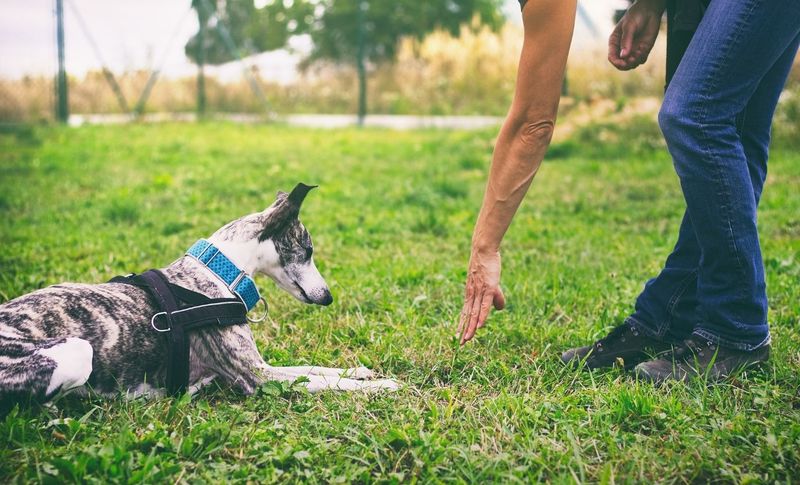
Saying ‘sit’ one day and ‘stay’ the next for the same action leaves your buddy puzzled. Consistency is key! Like learning a language, they need clear, repeated cues to understand.
3. Rewarding Barking
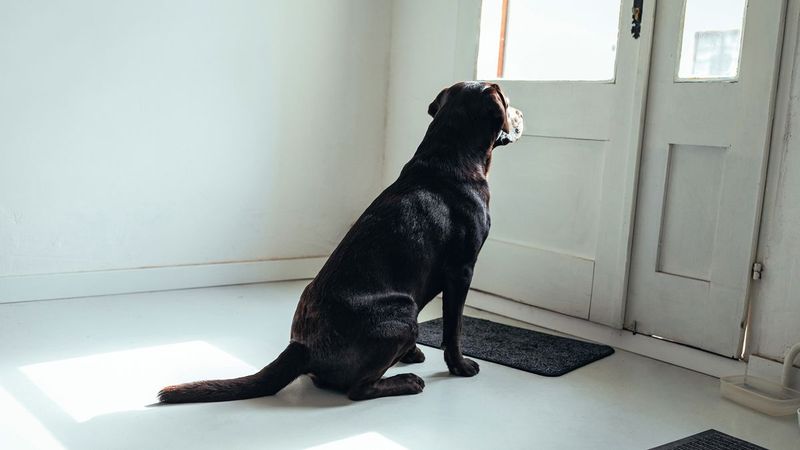
Every time you react to barking with attention, you’re sending a loud message: ‘Bark and I’ll respond!’ Ignore the noise, and reward calmness instead to curb this behavior.
4. Lack Of Exercise

Unspent energy morphs into mischief! A walk or play session daily helps channel that zest into positive outlets. Skipping exercise might mean chewed shoes or dug-up flowers.
5. Overindulging In Treats

Treats are fabulous motivators, but too many spell trouble. Keep them special, not staples, to maintain their effectiveness. Overindulgence makes them less of a reward and more of an expectation.
6. Ignoring Bad Behavior
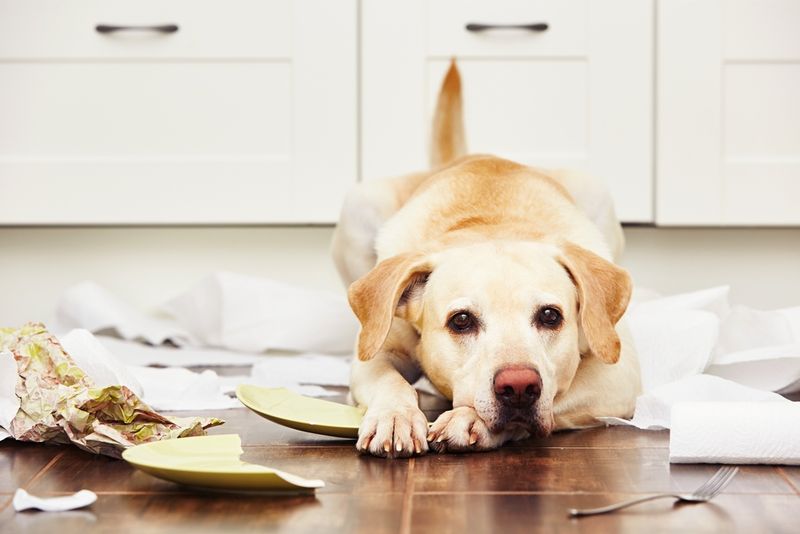
Turning a blind eye to mischief makes it a free-for-all! Address bad behavior promptly. It’s like letting a toddler scribble on walls—habit-forming if unchecked.
7. Short Training Sessions
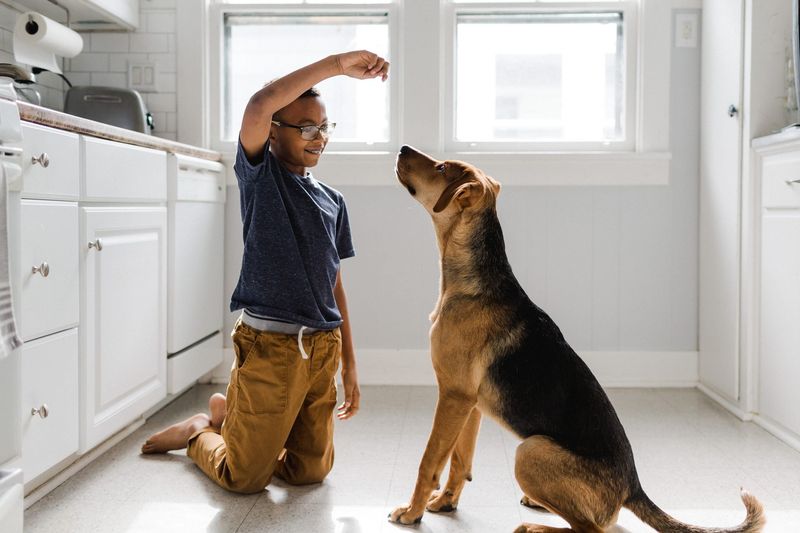
Quick sessions often lead to forgotten lessons. Extend your training time a bit to ensure concepts stick. Like cramming for a test, short bursts can leave gaps in learning.
8. Overreacting To Accidents

Accidents happen! A calm response encourages learning, whereas an overreaction breeds fear. Think of it as a gentle correction rather than a dramatic outburst.
9. Allowing Jumping
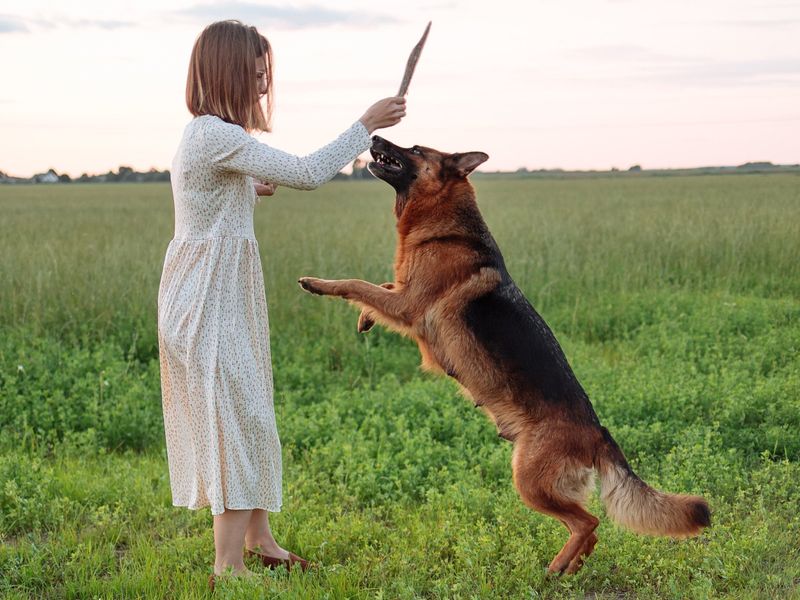
A joyous jump might seem cute, but it teaches them that leaping on guests is okay. Redirect that excitement to a toy or command to keep all four paws grounded.
10. Leaving Food Unattended

Unattended food is a tempting invite for a cheeky snack. Secure your meals, for a dog sees them as fair game! It’s like leaving candy out with kids around.
11. Unclear Boundaries

Mixed signals confuse. Be consistent with boundaries, whether it’s the couch or the yard. Just like rules in a game, they need to be clear and followed by everyone.
12. Letting Them Lead Walks
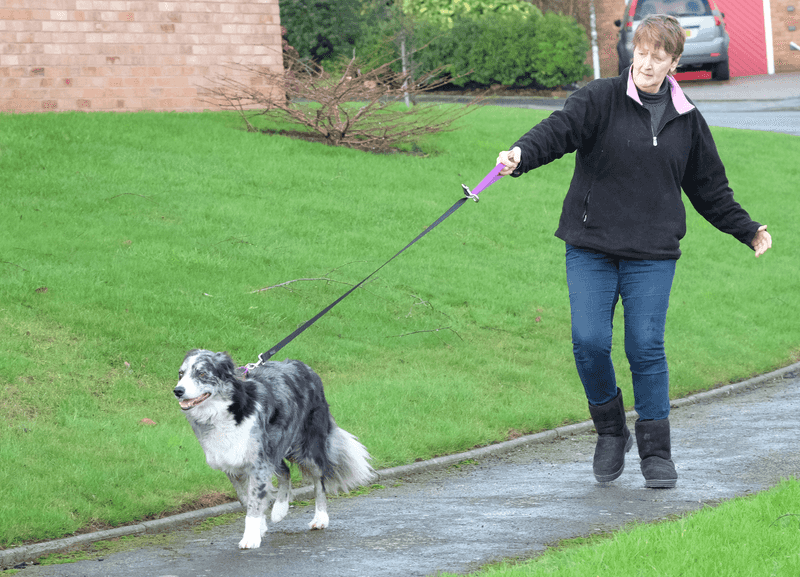
When walks turn into sled pulls, your dog’s in charge. Teach them to heel, ensuring they follow your lead. It’s like letting them drive the car—fun for them, not for you!
13. Overlooking Socialization
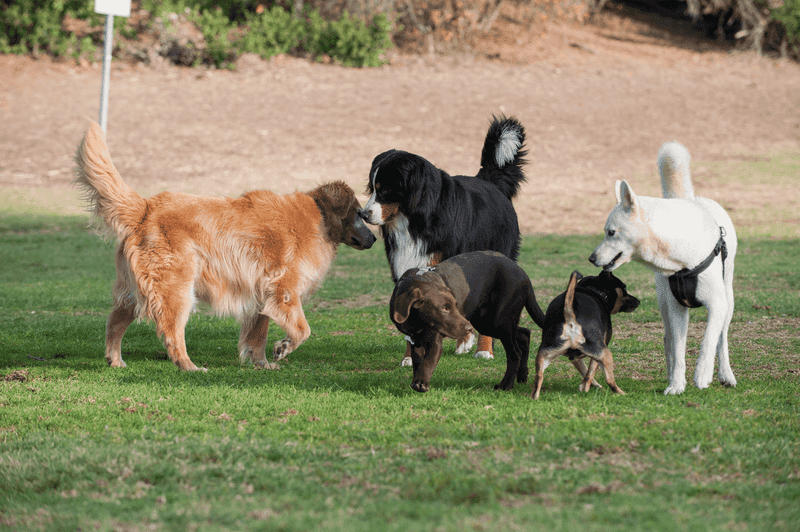
Lack of socialization breeds fear and anxiety. Expose them gradually to different environments and friends. It’s a bit like meeting new people—scary at first, but rewarding.
14. Using Hands As Toys
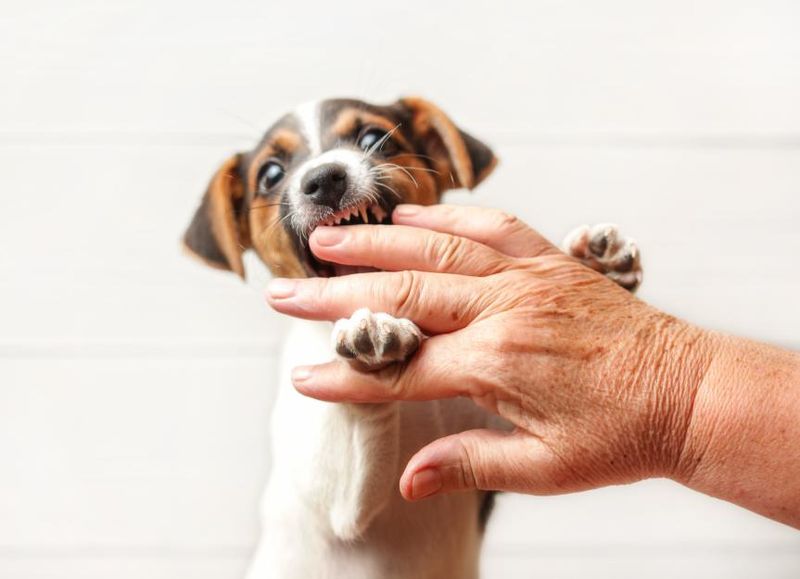
Hands aren’t toys! Using them during play can encourage nipping. Opt for toys to avoid accidental bites. It’s like handing a toddler a marker—they’ll draw on everything!
15. Skipping Mental Stimulation
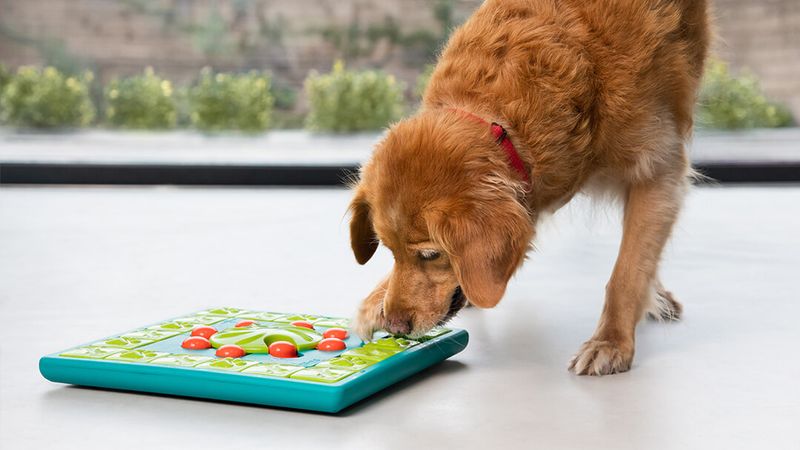
Mental workouts are as vital as physical ones. Puzzles, toys, and tricks keep your dog’s mind sharp. Without them, boredom leads to trouble!
16. Allowing Rough Play
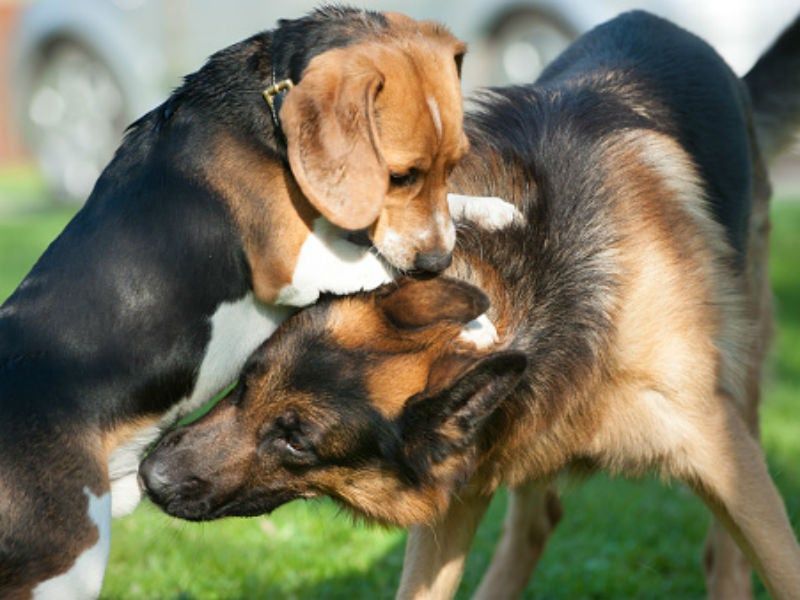
Rough play can escalate quickly. Set limits to ensure fun doesn’t turn chaotic. It’s like hosting a pillow fight—fun until someone gets hurt!
17. Being Too Lenient
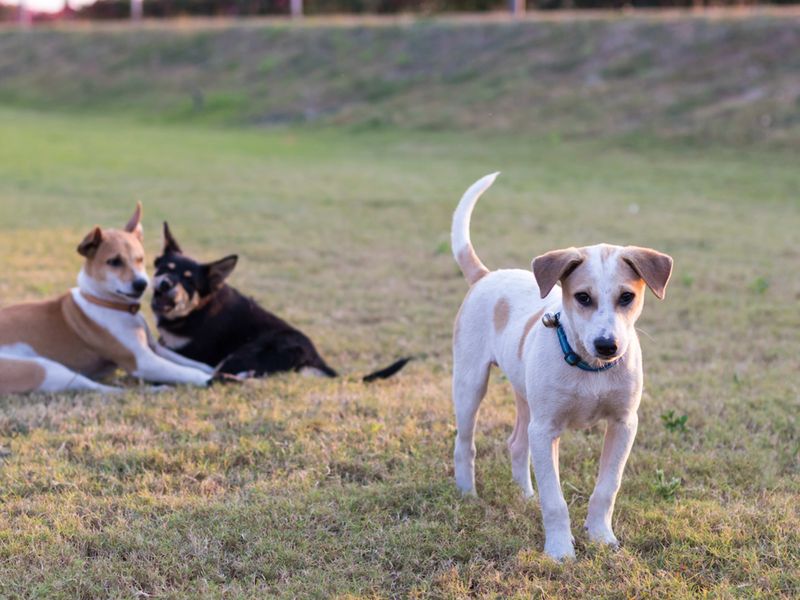
Cuteness doesn’t excuse chaos. Be firm, yet gentle, to teach right from wrong. It’s like letting a child run wild in a candy store—tempting but trouble-making!

